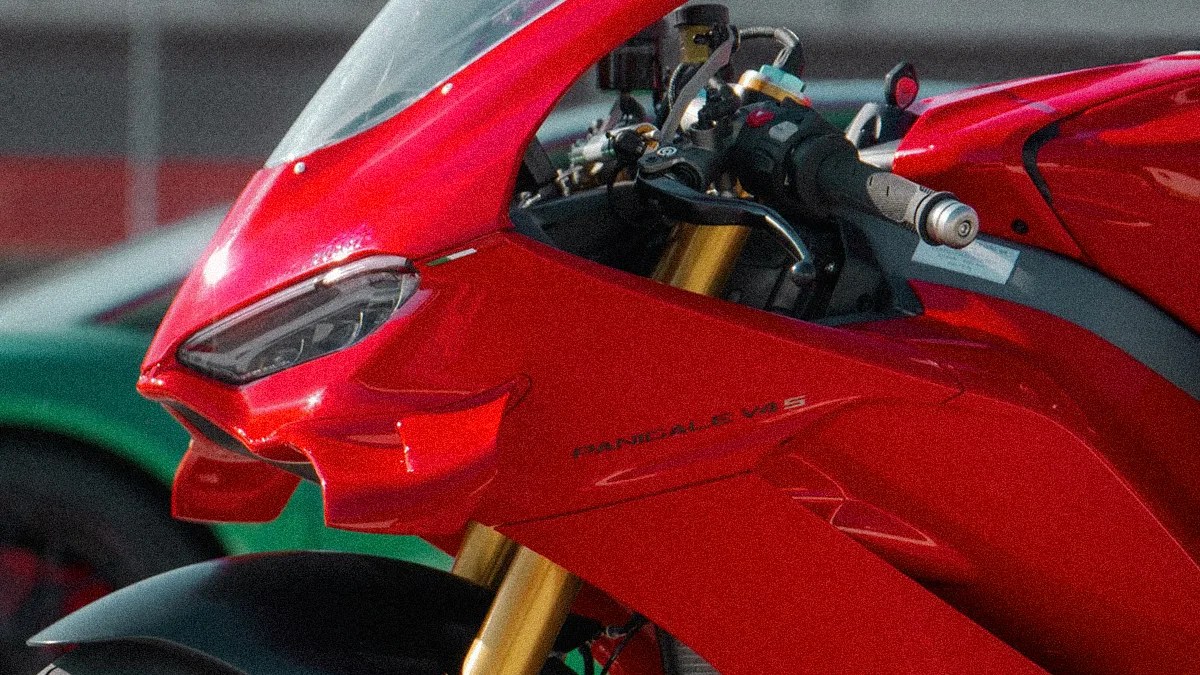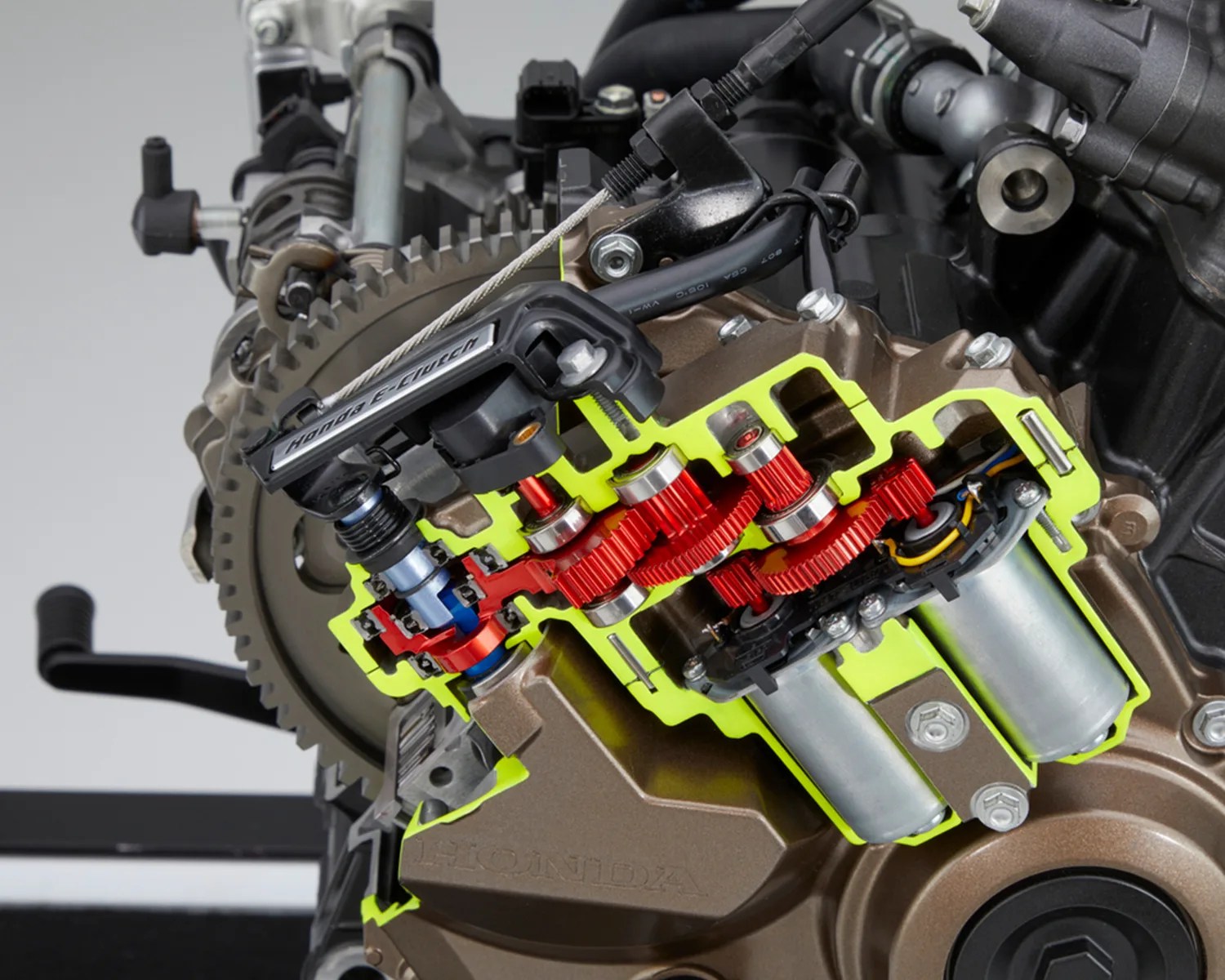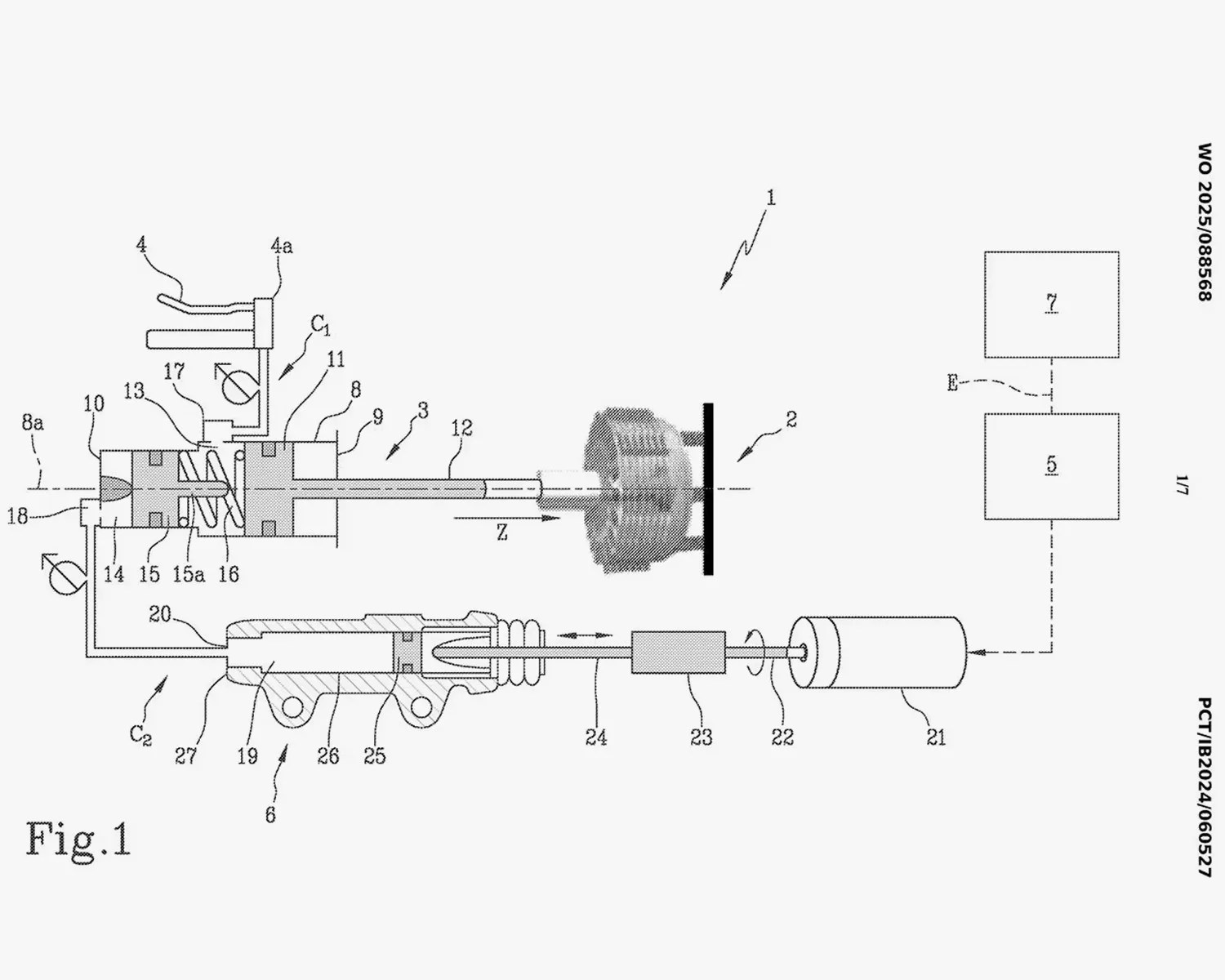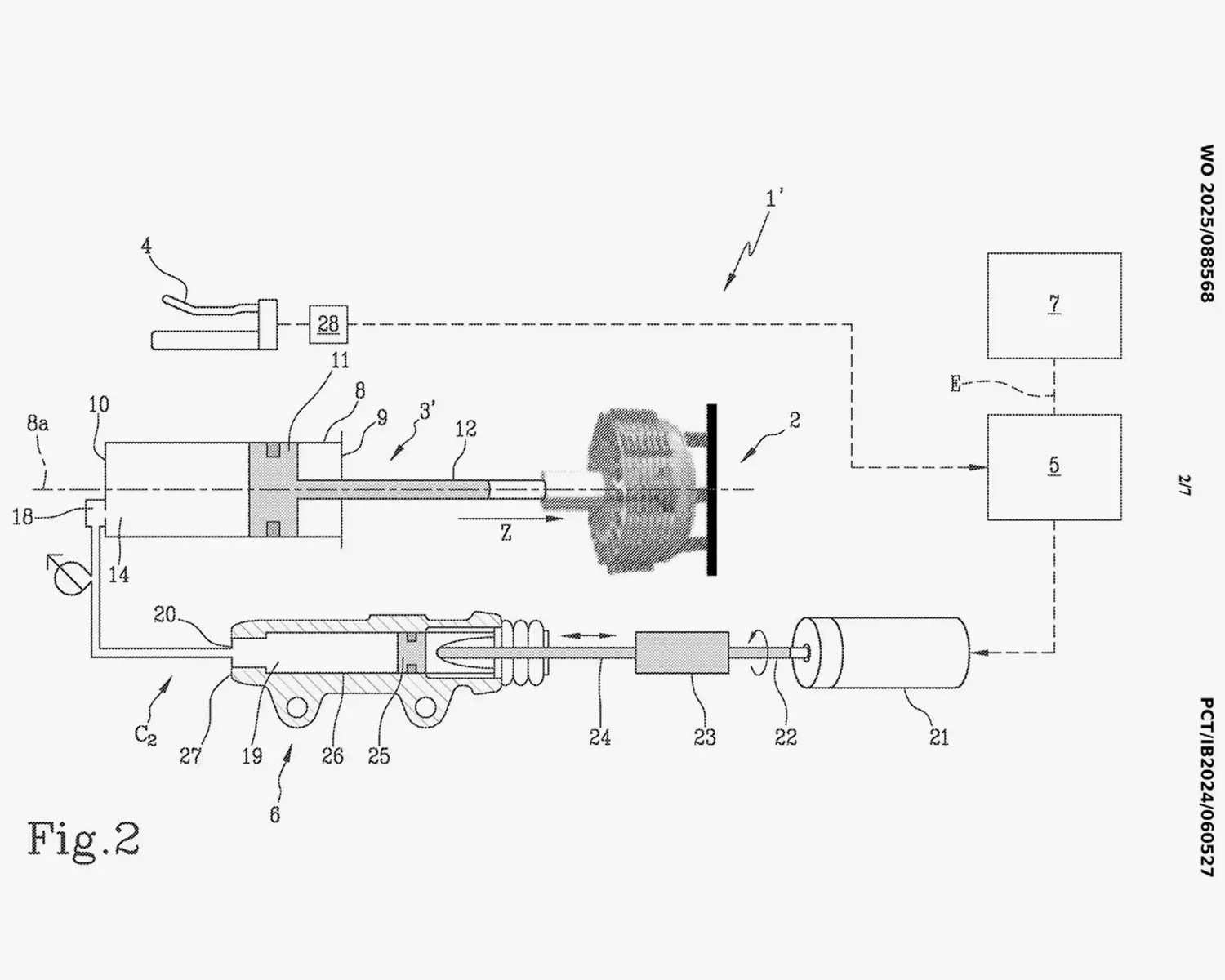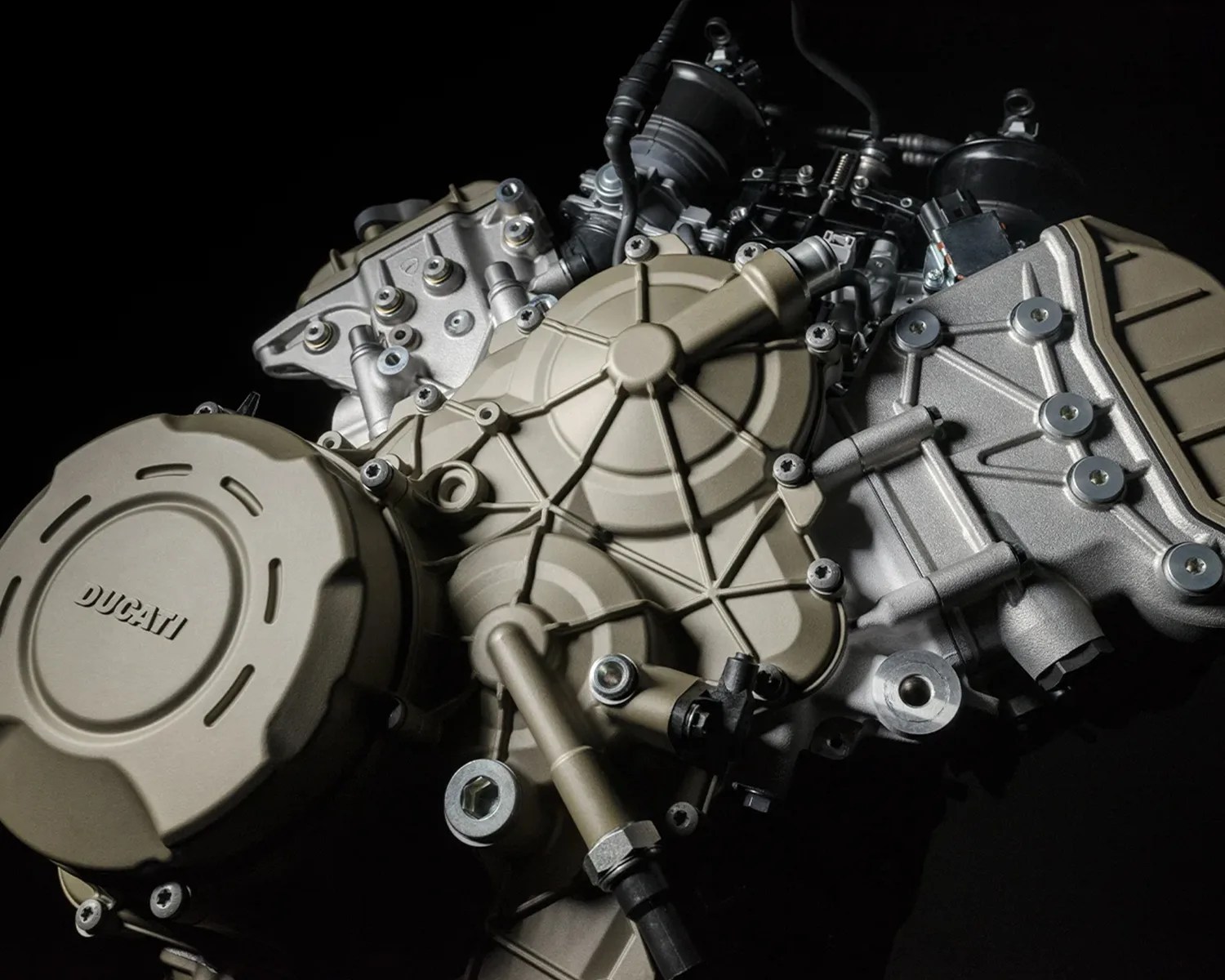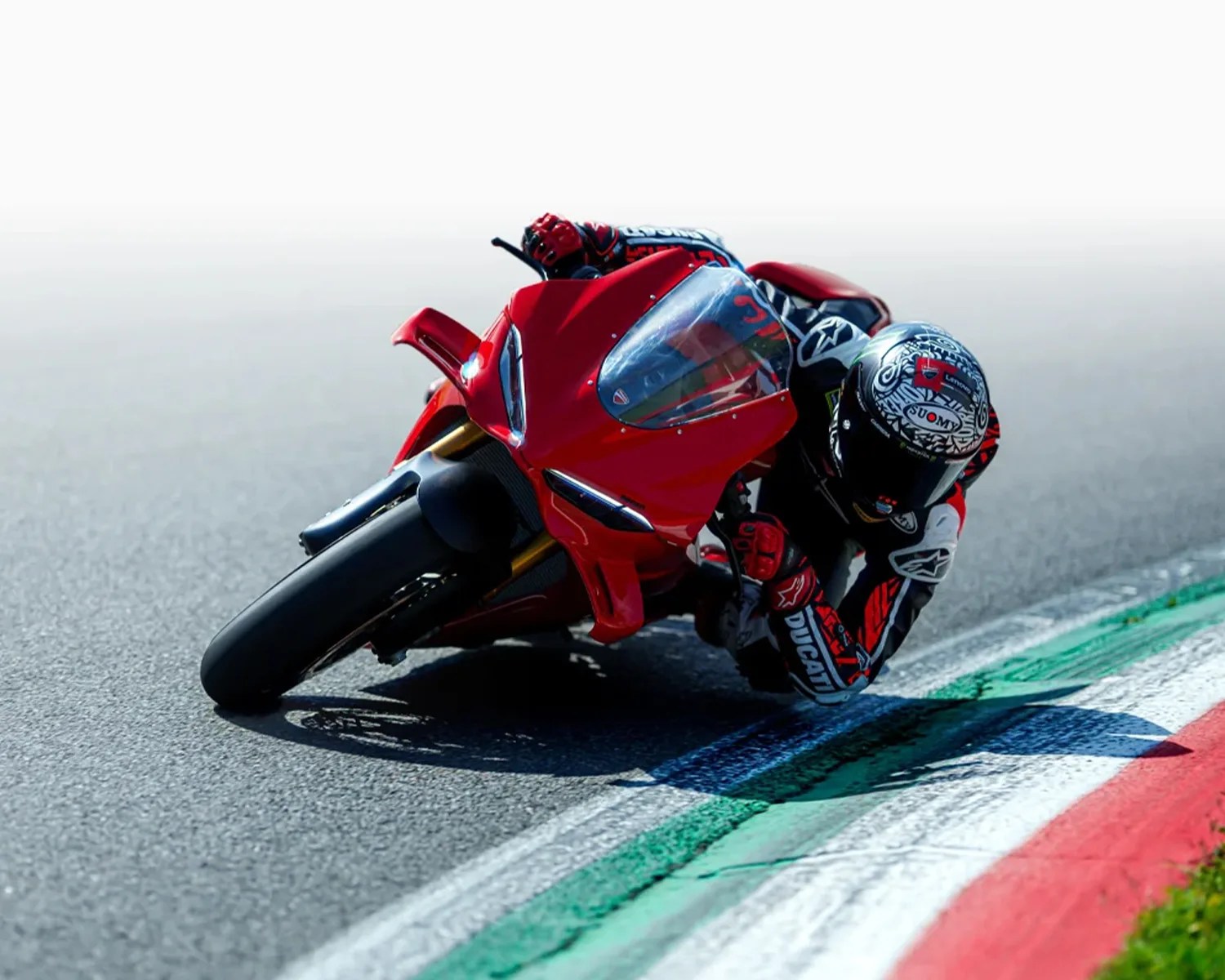As most motorcyclists will tell you, one of the hardest things about learning to ride is mastering the shifting of gears.
After all, doing so smoothly involves multiple appendages working in concert, as well as a mind acutely tuned to such metrics as RPM and MPH, plus the sound of the engine.
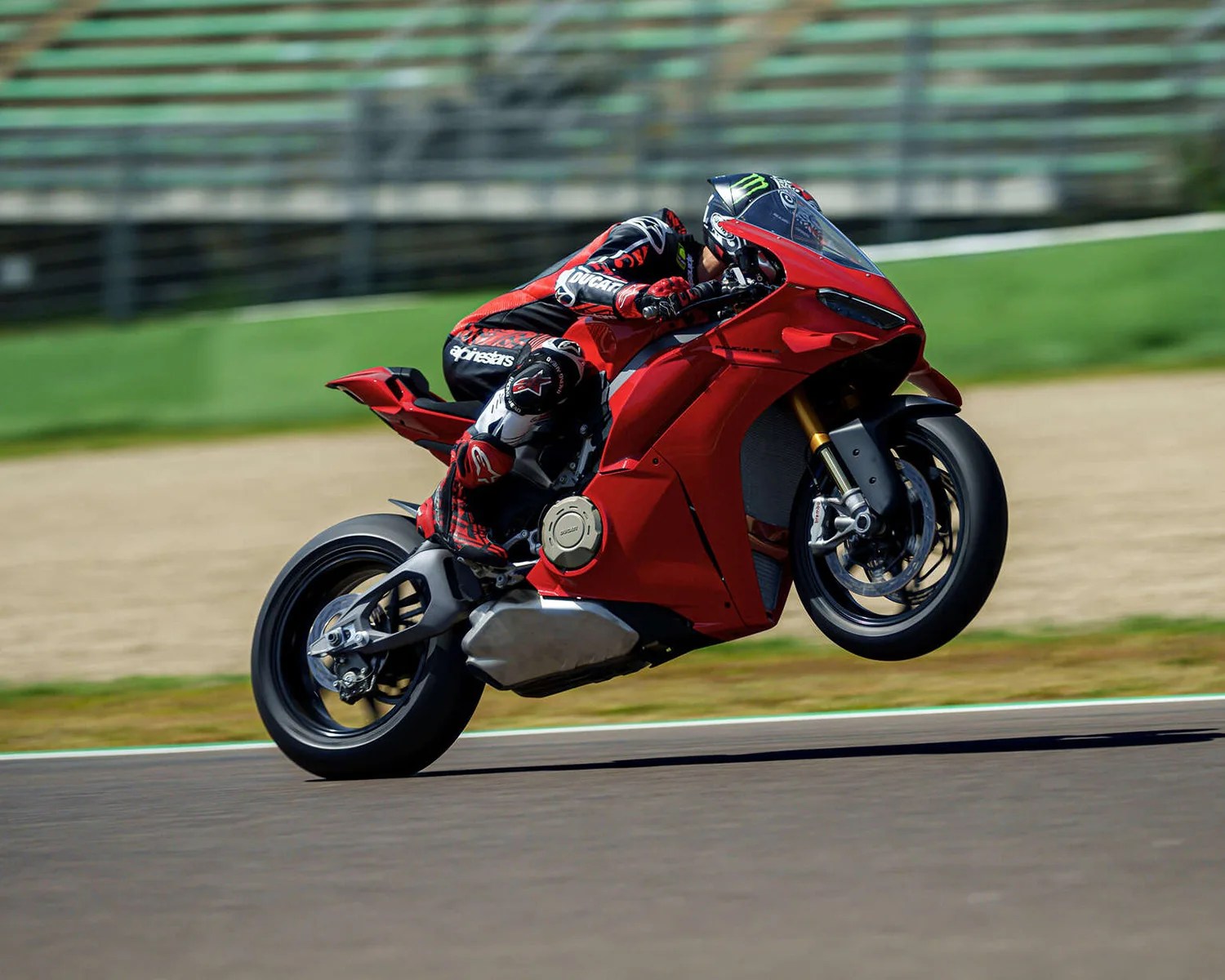
(Don’t even get me started on the abject terror of getting into gear from a dead stop on a steep hill with a car behind you.)
Tuning into this high hurdle — among other steps oriented toward making motos more approachable — an increasing number of brands have been introducing technology to either lessen the burden of shifting or remove it from the equation altogether.
With both proposed systems, the overall effect is the same: you can shift gears using the foot peg whether or not the clutch lever is actually pulled in.
The latest domino to fall (so to speak) is one of the biggest and flashiest names: the 99-year-old, Bologna, Italy-based Ducati.
The brand’s latest patent filings have me wondering if someday I’ll be telling my other people’s grandkids about a time when riding a motorcycle required engagement with such archaic notions as friction points, shift pegs and something called “the clutch.”
